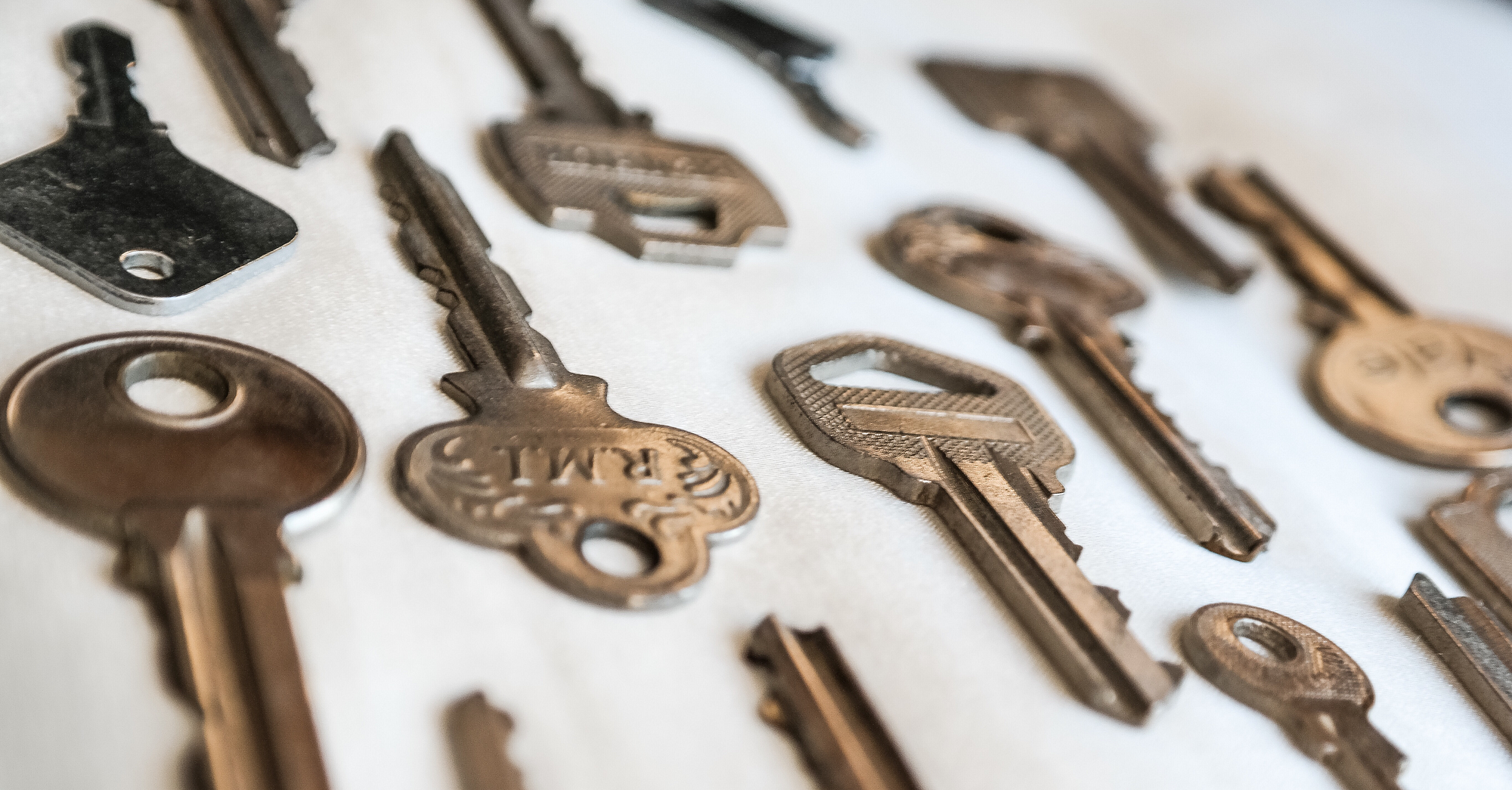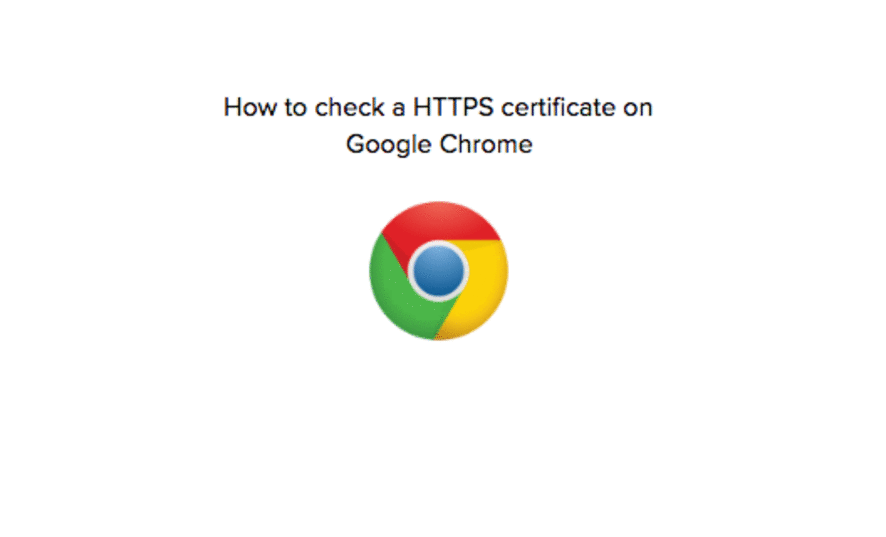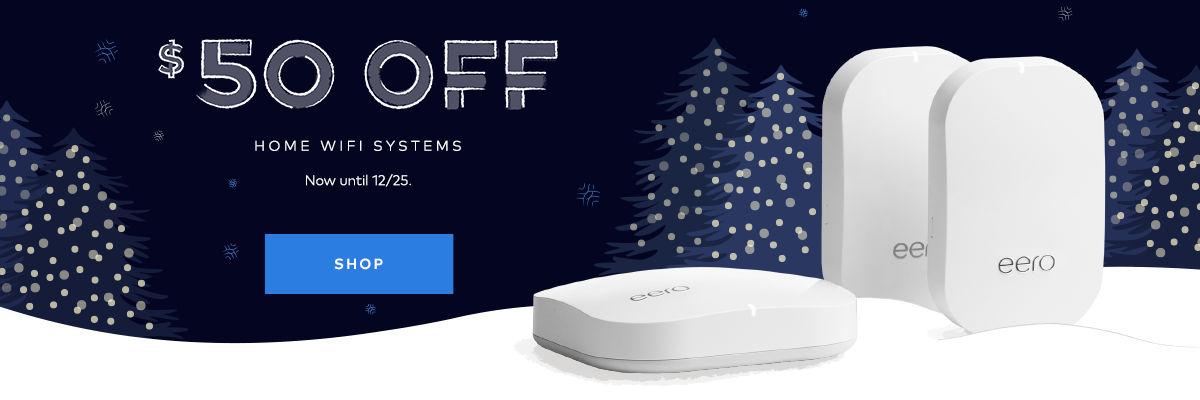Learn what internet acronyms and terms really mean — and why they matter — in our new series, “WiFi 101”
Editor’s Note: This post is part of our new series, “WiFi 101,” where we translate internet lingo into plain English — so you can spend less time deciphering jargon and more time staying connected. Last week we covered how the internet works. Today, we’ll dig into WiFi security.
Thinking of a term that’s got you stumped? Email us at blog@eero.com and we’ll add the most popular ones to the list.
Few things are more invasive than falling victim to an internet security breach. Everything from family photos to bank accounts is now accessible online. While this brings added convenience to our lives, each personal detail about ourselves entered into a website makes us more vulnerable to cyber-attack. Fortunately, taking the right precautions with your network will help protect against this. Here’s what you need to know to keep your network — and all the information you share and access through it — safe.
What is WPA? And what is WPA2?
Stands for: WiFi Protected Access
Actually means: The network encryption that comes installed in most routers
WPA and WPA2 are versions 1.0 and 2.0 of network encryption. Depending on when you purchased your router, it’s equipped with one of the two. WPA2 is the newer, stronger, and more highly recommended technology, since it protects again some of the methods hackers have devised to break through WPA. By using WPA2 to encrypt your internet connection, only authorized users can access your wireless network and the data passing through it.
What is WPS?
Stands for: WiFi Protected Setup
Actually means: A standard that makes connecting older devices easier; known for being insecure
WPS makes it easier for you to add connected devices to WPA and WPA2 protected wireless networks, and is required to set up older hardware, like printers. It was originally created to help non-technical home users — who didn’t want to deal with long wireless network passwords and security settings — quickly connect devices to their networks. Many newer routers, including eero, don’t support WPS since it’s vulnerable to attacks and known to be insecure.
What is SSL?
Stands for: Secure Sockets Layer
Actually means: A two-way road allowing hosts to securely share data
The SSL (also known as TSL or transport layer security) encrypts data shared between a server, like a website, and a client, like a web browser. Certain email servers and clients also use this encrypted path. SSL protects important data, such as credit card information, from being intercepted as it travels between servers and clients. Most browsers indicate that the webpage you’re visiting is secured with SSL, which helps you know it’s safe.
What is HTTPS?
Stands for: Hyper Text Transfer Protocol Secure
Actually means: The sign that the website is secure with SSL
There’s HTTP and then there’s HTTPS. HTTPS is basically HTTP with SSL. Today, it’s rare to see an ecommerce or banking site with a URL that isn’t preceded by HTTPS, because that extra “s” literally stands for “secure.” On an HTTPS site, data — like your credit card number — is encrypted. Without that little “s,” information can be swiped by anyone routing internet traffic. Scam websites often imitate websites of services like banks or airlines, but without HTTPS protection (or with fake certificates). Always check that a site’s certificate is valid before you share sensitive information online.
What is a VPN?
Stands for: Virtual Private Network
Actually means: A WAN (defined here) that provides access to a specific network
VPNs are most commonly used by people who work remotely, to make a computer look like it’s working on the LAN of a corporate network. Connecting through a VPN allows your device to access other devices on the LAN even if you’re not actually on the network. VPNs use encryption — along with a handful of other helpful tools like P2P connections — to make sure the connection is secure. This is important because exchanging information with your company’s server on a public network (like the Starbucks or airport WiFi) puts you and your company at high risk for hacking.




You must be logged in to post a comment.